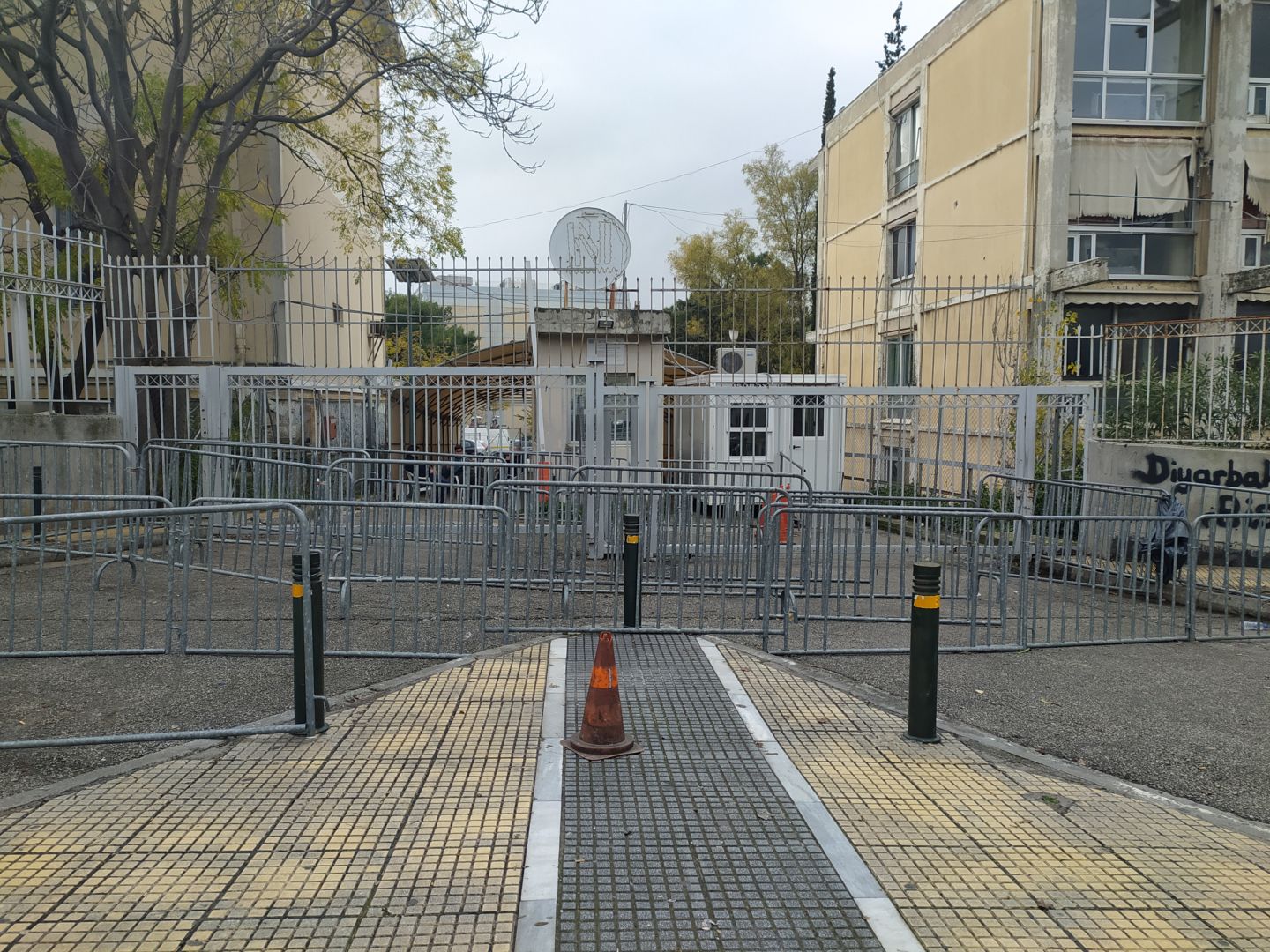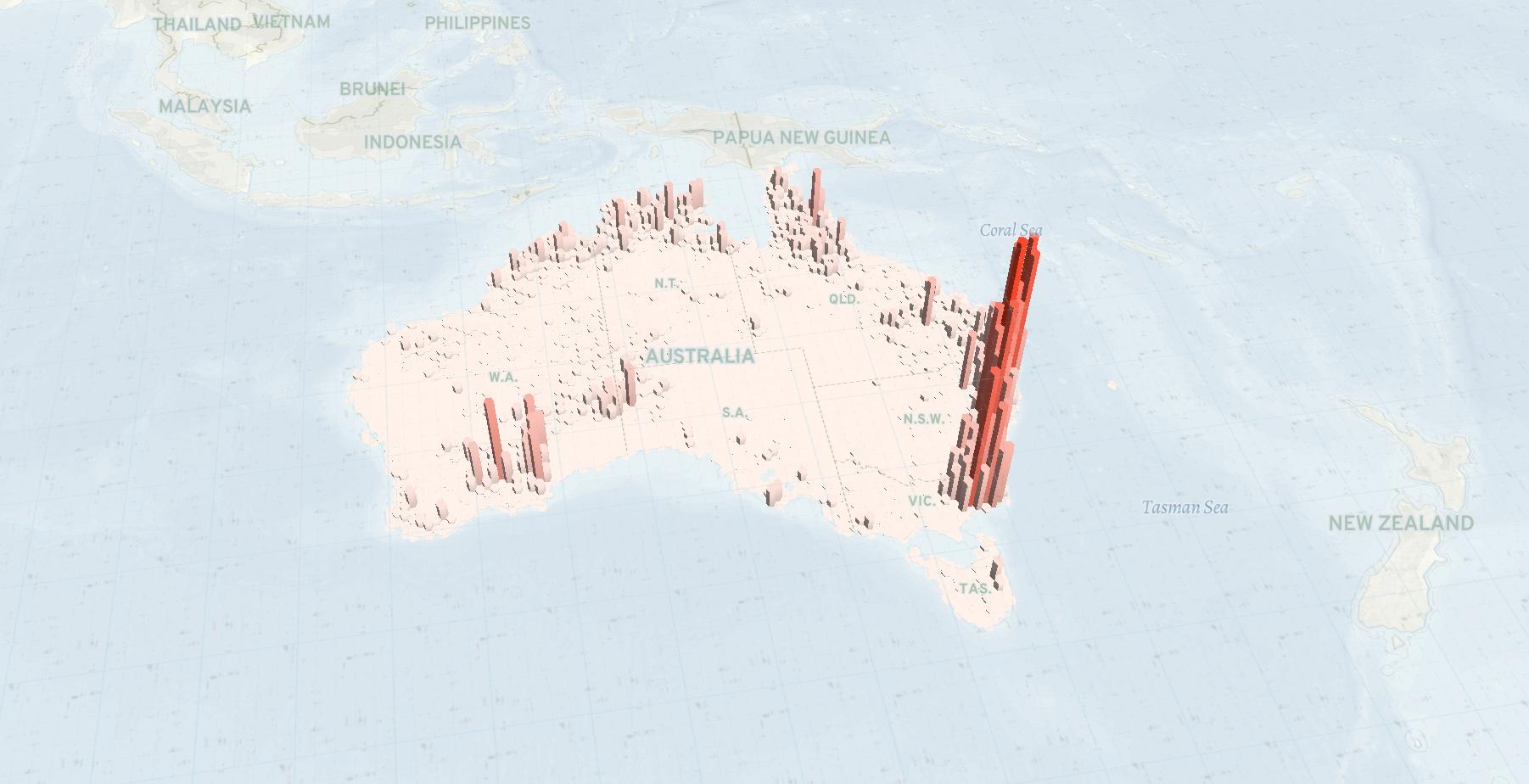There are refugees and immigrants who, regardless of how long they’ve been in Greece, haven’t yet managed to significantly enrich their knowledge of the language. However, there is one word, that even those who have been in Athens for a short time, can pronounce in a very natural-sounding way: “Kateháki”.
The Asylum Service is located at the junction of Mesogeion and Kanellopoulou Avenues, in facilities which were formerly used by ERT (Hellenic Broadcasting Corporation). It is a state-run service which, since its inception in 2013, deals with applications for international protection – in other words, with the right to legal residence in the country, and on a broader scale, is linked to the hope of hundreds of thousands of people.
The facility on Katehaki is not the only one run by the Asylum Service. As a result of the increasing scale of the refugee phenomenon in recent years, the Asylum Service currently operates a total of 24 Regional Offices and Independent Asylum Units throughout the country.
At these offices, on a daily basis, stories of uprooting are told. This is about the service which is tasked with examining these stories.
Petrou Ralli and the allegations
Up until 2011, there were two words connected to the future of asylum seekers in Greece: “Petrou Ralli”. The headquarters of the Aliens Bureau which is still currently located on Petrou Ralli Avenue, was responsible for examining and processing the asylum applications. Testimonies from those who remember the time when processing took place there, paint a bleak picture of dark conditions.
Petrou Ralli operated only once a week to process applicants. Thus, 48 hours before opening day dozens of people would form lines overnight outside of the premises in an effort to secure a place. Gangs would invade the process: a black market developed, where people could buy a spot in line. Theft and skirmishes were a frequent occurrence, which created a tense environment.
Regarding the general management of the asylum process, from the level of access to the procedure to the prevailing conditions at detention centers (Rodopi, Evros, Pagani), a significant number of convictions have been noted by the European Court of Human Rights. Additionally, critical reports have been lodged by the European Commission for the Prevention of Torture and Inhuman or Degrading Treatment or Punishment (CPT) and by the Ombudsman.
According to the data at that time, the degree of recognition accounted for less than 0.1% of the applications submitted. Thus, a new Directive was given, calling for the creation of a separate service which would be responsible for examining applications submitted in Greece.
In 2011, by Law 3907, which included the creation of the Reception and Identification Service, the Asylum Service was established as an autonomous service overseen by the Ministry of Citizen Protection and directly under the minister.
First steps in the dark
Applications filed up until 2011 were processed by Petrou Ralli in the years that followed. In 2012, in order to complete the staffing of the new service, civil servants from other ministries who had expressed an interest, were transferred to the Asylum Service. The Asylum Service was, at the time, housed on Syggrou Avenue, in a building belonging to the Hellenic Police.
Official operation began on June 7, 2013, at the Katehaki facility. How well prepared was the newly-formed service to carry out its task? Individuals who have worked at the Asylum Service since its inception note that the service could be described as “self-taught” and that the months both preceding June 7, 2013 and following, were frenzied.
How can an expenditure request to buy rubber stamps be made when there are no rubber stamps to stamp the expenditure request? How does one record a protocol report when there is no established protocol? How can dozens of new employees, without any previous experience, be efficiently trained to judge an asylum application?

“We had to figure out everything from the beginning, and even the smallest step forward was a great success,” staff members tell Solomon MAG. During the first 6-month period, (from the first day of operation until the end of December 2013), 4,189 applications were submitted and 1,670 replies were issued.
Regarding the applicants’ country of origin, in the first two years (2013-2014), the largest number of applicants came from Afghanistan but in 2015 things changed drastically. Syria became the main country of origin and both the number of families and the number of unaccompanied minors applying for asylum increased.
Up until 2015 almost 20,000 applications were filed and, while in 2013 the recognition rate was 15%, in June 2015, due to the large number of Syrian refugees, it reached almost 50%.
The borders close and the pressure increases
In 2016, North Macedonia closed its borders, trapping thousands of refugees destined for other European countries, in Greece.
An agreement between the European Union and Turkey was signed on June 18, 2016, which went into effect in 2017. Among other things, the agreement now imposed a geographical restriction on asylum seekers, stipulating that one should remain on the island of arrival until one’s request for asylum is examined.
These developments caused the Asylum Service to face a number of new challenges. There was a need to register the people on the mainland because until then, since transit was possible and the percentage of people wishing to remain in Greece was negligible, there was no precise information on the number of people wishing to remain.
The staff, which experienced the process of pre-registering about 50,000 asylum seekers, refer to a “commando operation” as the number of applications submitted suddenly multiplied because of people who found themselves trapped inside the border.
In addition, proper infrastructure had to be created on the five Aegean islands. Thus, in the summer, the Regional Offices on Lesvos, Samos and Chios were established, and offices in Leros and Kos were also opened.
It was decided that Greece would be assisted by experts from the European Asylum Support Office (EASO) to create joint teams with members from both sides: in essence, EASO would carry out screenings (registration and primary interview, which was aimed at gathering information and not making any decisions), and the Greek Asylum Service would conduct the final interview and make the decision.
It is worth noting that the former director of the Greek Asylum Service, Maria Stavropoulou, had stated in an interview that although initially they were promised a staff of 400 EASO officials, they only got 30. At the height of the crisis, due to the border closing and geographical restrictions on the islands, the Greek side was faced with another challenge, the issue of family reunification.
Reuniting families
The Dublin Agreement defines the process of family reunification. According to this, a person can be reunited with family members (of first degree) who reside in another EU country.
According to sources from the Asylum Service, in previous years (2013-2015) it was an issue that didn’t have to be dealt with and thus, a relevant department for examining family reunification requests had not been created. However in 2016, with closed borders and the desire for asylum seekers to reunite with their families in other countries, the Service had to process these requests in a very tight time frame. As they reported to Solomon MAG, “it was the year that our world turned upside-down.”
At the same time, the European Union announced its decision regarding relocation procedures, (the relocation of asylum seekers to other Member States), which lasted from September 2015 to September 2017.
The new offices were created within the hotspots, as well as in Heraklion and Patras, while independent units were created in facilities within the Pre-Departure Detention Center (PROKEKA) of Amygdaleza and the Reception and Identification Center (KYT) of Fylakio. Thus, out of a total of five offices which existed in 2013, in 2017 the facilities of the Asylum Service had quadrupled: there were 9 regional offices, 13 independent units, as well as the aforementioned facilities (in hotspots, Amygdala, Fylakio).
The former director of the Asylum Service, Maria Stavropoulou credits this success to the fact that the new facilities are housed in buildings which belong to other government agencies; thus, the state budget was not burdened. Also, the registration process can be done via Skype, which helps in avoiding hundreds of people forming lines outside of the Asylum Service offices. However, the availability of operators who can answer Skype calls, especially for specific languages, is not always certain.

The website was created, as well as the implementation of the Service (in cooperation with Harokopio University and with funding by The Asylum, Migration and Integration Fund (AMIF),) which provides information in various languages. However, due to the developments during this period, rather than adding material to their content, it is being removed: this is due to the new asylum law passed by the government and implemented from the beginning of the year. This has resulted in many changes to pre-established procedures.
Current challenges
The majority of approximately 600 employees of the Asylum Service are contract workers. After the last vacancy announcement, an additional 210 employees are slated to be added to the workforce and are mainly aimed at strengthening regional offices in the islands of the Aegean and northern Greece.
In the past, there have been issues of payment delays to contract employees, which resulted in, (among other things) the Asylum Service being ‘transferred’ to another Ministry, depending on the government.
In March 2017, fixed-term workers went on strike for non-payment (some had not even been paid their December salary). The blame for this centered on bureaucratic issues: the transition of the Asylum Service from the Ministry of Interior to the Ministry of Migration Policy.
This is an issue that has been repeated during the time of preparing this very report, with the re-establishment of the Ministry of Migration Policy which the government had abolished last July.

Since 2011, the NGO Metadrasi has been exclusively providing interpreting services for asylum procedures, currently providing interpreters to the asylum offices covering 43 languages.
In the past years, citing delays in the payment of its fees, Metadrasi has repeatedly suspended interpretation services. Most recently, was last September. Funding for interpretation services comes exclusively from the European Commission, and in the past Metadrasi has publicly called on the relevant state agencies to expedite their delayed payments.
Today, about 70,000 applications for international protection are still pending. How they will be handled in the coming months, however, remains a question as changes to the asylum law, including expediting procedures and limiting the possibility for appeals, have prompted reactions from the Asylum Service.
Reports indicate that Asylum Service staff are already considering leaving their jobs. As one employee stated to Solomon MAG, “there are people who will follow their conscience.”
At the same time, the country is called upon to manage another circumstance: it is no longer a place of transit but has become a place of residence. In 2015, when the borders with central and northern European countries were still open, only 13,000 applications were registered; in 2019 the applications have reached 80,000.
Upon reviewing the existing data, one can confirm that the number of asylum applications which Greece now has, is the combined amount of Spain’s and Italy’s, while the rest of the European Union countries remain at a distance.
It is worth noting, that in Austria, during the period January-November 2019, 11,334 international protection cases were filed, while in Greece last year the number reached 40,000. On Samos alone, 8,000 applications were processed. On Lesvos −the office which is considered the most “productive” among the Asylum Service, with staff working evening shifts− there were 22,252 applications, about the same number which the Netherlands received in total: 25,000.
The difference, however, is that even with the recent enhancements, Greece is significantly behind other countries in terms of staffing. Although Austria has only one fourth of the arrivals that Greece has, Austria has twice as many staff at their Service, which employs 1,335 people.







